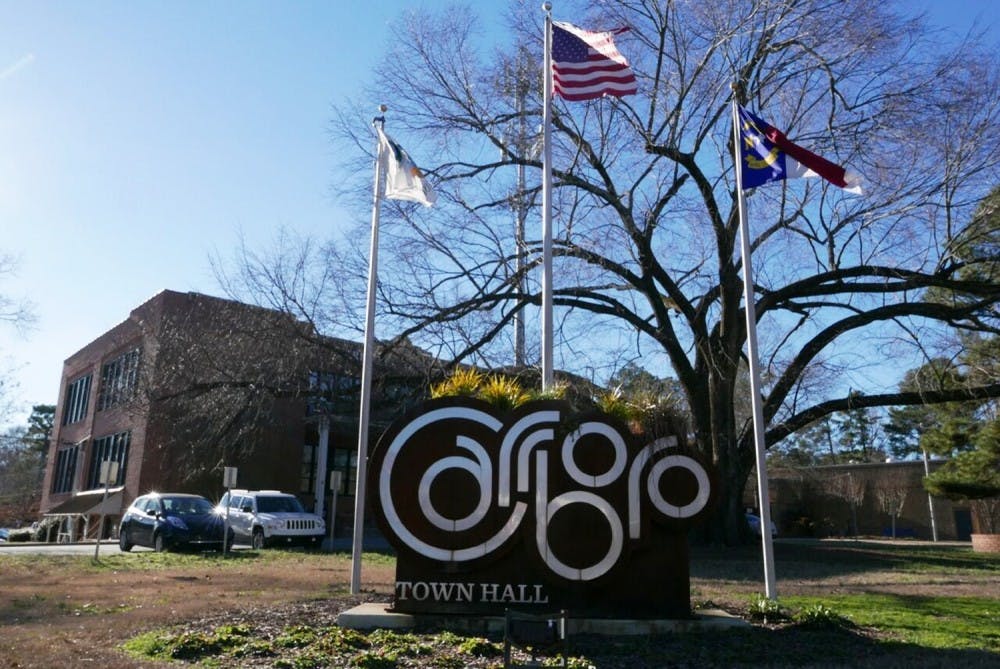Chapel Hill and Carrboro have exceptionally high population density rates in Orange County, and the two towns are still growing.
According to the Chapel Hill-Carrboro Chamber of Commerce’s 2017 State of the Community Report, 94 percent of Orange County is located outside Chapel Hill, Carrboro and Hillsborough. However, only 43 percent of the county’s housing units are located outside of those areas.
Aaron Nelson, president of the Chapel Hill-Carrboro Chamber of Commerce, said Duke University is the county’s largest landowner, holding thousands of acres of forestland.
“Carrboro is so dense because it is a very small land area. I think it’s about six square miles, and it has (about) 19,000 people, and it’s a lot of apartment complexes,” Nelson said. “But Carrboro is only (about) 2 percent of the land area of Orange County, so it can be very dense and then Orange County can still be very not-dense.”
Nelson said this disparity had historical roots. As downtown Carrboro developed into a mill village, small houses were built very close together, creating a dense urban core that survives today.
Carrboro Mayor Lydia Lavelle said smaller houses are encouraged in modern Carrboro by ordinances to allow more people to live in the community while keeping housing costs affordable.
“For instance, we try to encourage developers to provide affordable housing and when they do that we allow them a density bonus,” she said. “We allow them more houses on a property they would not normally be able to build if they also agree to provide affordable housing.”
Carrboro compared to other cities
Lavelle said Carrboro's density was still lower than in many comparable communities across the country.



